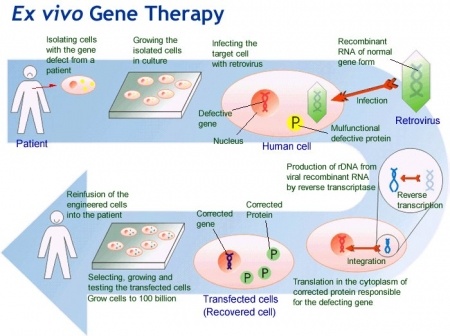Isolating, Immunophenotyping and ex vivo Stimulation
7/24/2014
Isolating, Immunophenotyping and ex vivo Stimulation of CD4+ and CD8+ Gastric Lymphocytes during Murine Helicobacter pylori Infection. Victoria E. Ruiz, Monisha Sachdev, Songhua Zhang, Sicheng Wen, Steven F. Moss. Journal of Immunological Methods, Volume 384, Issues 1–2, 31 October 2012, Pages 157-163
Helicobacter pylori infection is associated with severe chronic inflammation, yet the host immune response is rarely able to clear the bacterium. Thymus derived lymphocyte populations such as T helper 1, T helper 17, and T regulatory cells are known to play important roles in the chronicity of H. pylori infection as well as contributing to ongoing gastric pathology. It is yet to be established how these immune cell populations interact in the gastric environment during H. pylori infection. Mouse models of infection offer an opportunity to investigate these interactions in detail. Flow cytometric analysis provides excellent lymphocyte characterization due to its high specificity, sensitivity and potential to perform multiple simultaneous measurements. However, this requires a viable enriched single cell suspension after adequate tissue dissociation, which poses a challenge due to the heterogeneity of gastric tissue. We have evaluated several isolation techniques and have optimized a protocol to isolate and enrich lymphocytes from the H. pylori-infected murine stomach. EDTA/DTT followed by Collagenase IV digestion successfully dissociates an average of 1 × 107 cells per mouse. Further enrichment using Lympholyte M gradient yields on average 4 × 106 CD45+ lymphocytes per stomach. Following isolation we compared lymphocyte stimulation by CD3/CD28, phorbol 12-myristate 13-acetate (PMA) and ionomycin or H. pylori lysate and determined that CD3/CD28 effectively induces stimulation of IFNγ and IL 17A, but impairs Foxp3 expression. Using an optimized protocol we observed a 2-fold increase of CD8+ IFNγ-expressing lymphocytes localized specifically to the gastric compartment during H. pylori infection. The mechanisms of H. pylori immunopathogenesis are still considered enigmatic, therefore this optimized protocol can help delineate further novel immune cell targets that mediate H. pylori-induced pathology and identify the correlates of immunity for vaccine development.

 Gastrointestinal System
Gastrointestinal System




